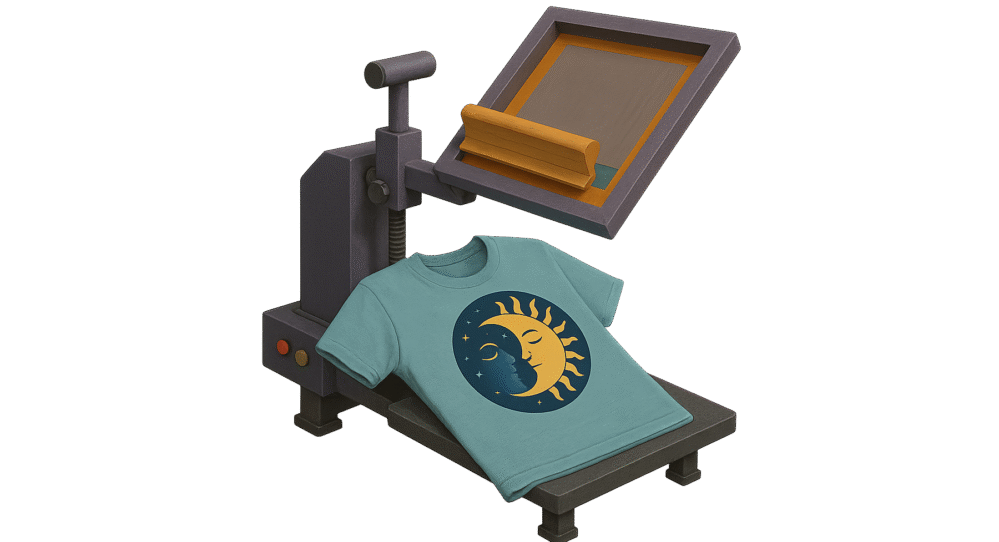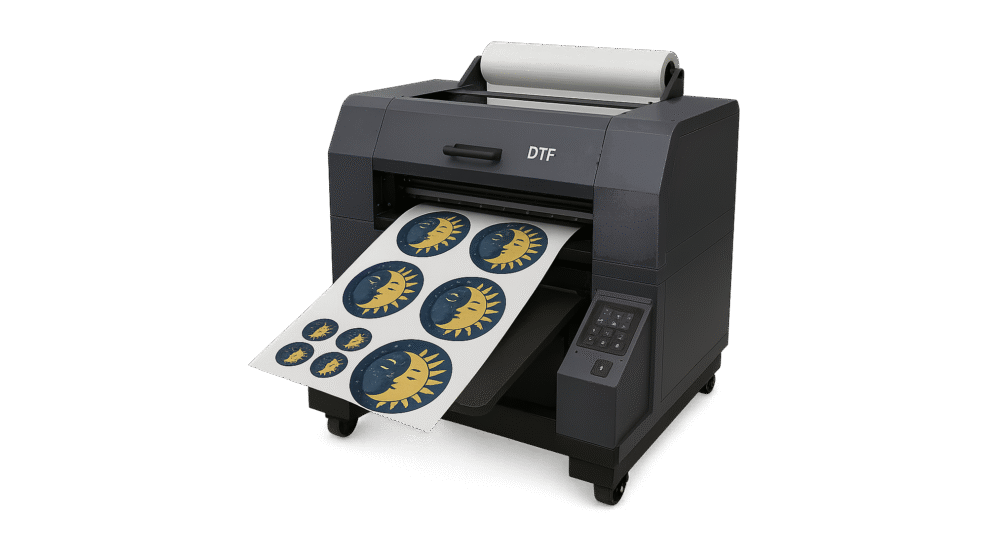DTF Vs Screen Printing
What’s Best for Custom Apparel Decoration?
When choosing the right method for decorating custom apparel, DTF (Direct-to-Film) and Screen Printing are two of the most talked-about techniques in the industry.
Each has unique strengths and use cases–understanding their differences
helps you choose the best fit for your next custom t-shirt, hoodie, or uniform order.
Whether you’re a business looking to order custom logo apparel or a brand creating high-quality merch,
this guide will walk you through the advantages and drawbacks of both decoration methods
What is Screen Printing?
Screen Printing (or silk screening) is the traditional method of applying ink through a stencil (screen) onto a garment. It’s ideal for bold graphics and larger runs.
Key Features of Screen printing:
- • Cost-effective for large orders – Once setup is complete, the cost per shirt drops significantly. Vibrant, long-lasting prints – Especially with bold colors on cotton garments. Durable and wash-resistant – Ink bonds well to the fabric, lasting for years.
- • Best for solid-color logos and bold text – Great for company uniforms, event shirts, and promotional items.

What is DTF (Direct-to-Film) Printing?
Direct-to-Film (DTF) printing is a modern garment decoration method where designs are printed onto special film, coated with a hot-melt adhesive powder, and then heat pressed onto garments
Key Features of DTF Printing:
- • Highly versatile – Works on cotton, polyester, blends, and performance fabrics.
- • Unlimited colors – Perfect for full-color or photo-realistic designs.
- • Great for small runs – No setup screens means fast turnaround for one-offs or small batch orders.
- • Soft, flexible prints – The finished feel is soft and stretches well with the fabric.

